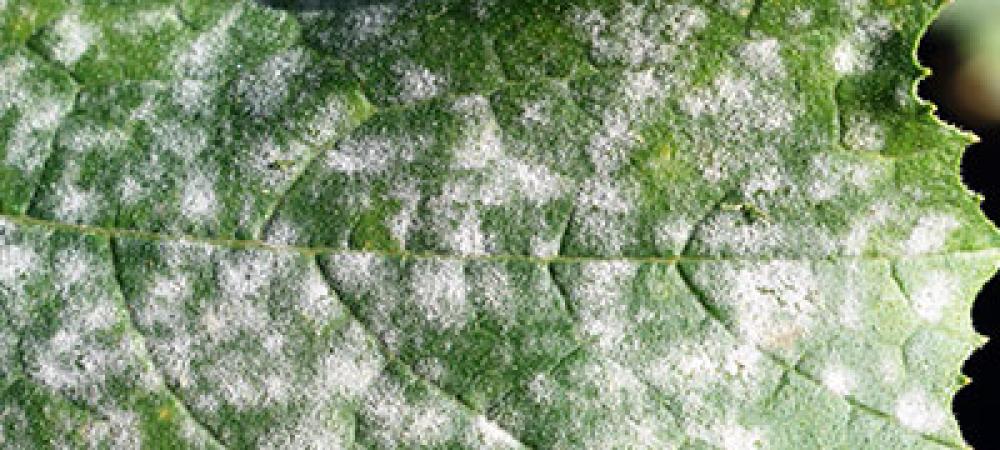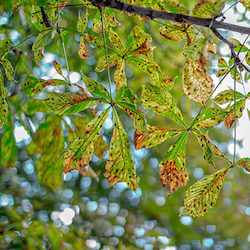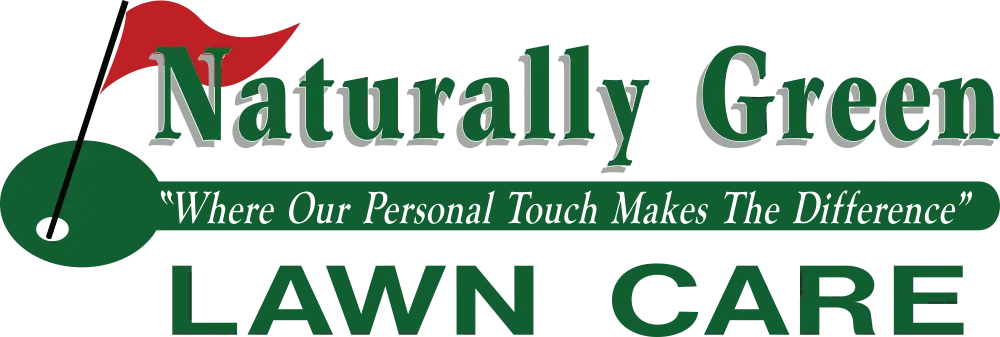WINTER TREE DISEASES TO WATCH OUT FOR IN CONNECTICUT

Just when you think you’re off the hook for any more lawn or garden care concerns for the year, you start noticing that the pine tree in your front yard is turning brown and losing a lot of needles. Or that the chestnut tree along the back fence has a lot of dead branches and some weird yellow growths. Something might be wrong with your trees. Just like humans, trees can contract or develop diseases. These conditions are usually caused by fungi, bacteria, or insects that come into contact with your plants and, in favorable conditions, are able to take hold and infect your tree. Here are six different tree diseases to watch out for in Connecticut.
6 COMMON WINTER TREE DISEASES IN CONNECTICUT

This disease has decimated the chestnut tree population in Eastern North America and is caused by a parasite fungus that takes advantage of an injured tree and can turn it into a shrub-like stump. Symptoms include the discoloration of bark to orange and brown and yellow growths that can spread spores and infect other trees.
Powdery mildew
This condition is caused by a variety of fungi and can infect many different types of plants, including trees and shrubs. It is easily recognizable as it creates a white, powdery substance on top of the leaves of infected plants, causing serious damage to the health of the plant and its appearance.
This disease is caused by a fungal infection and primarily affects douglas-fir trees, causing them to lose their needles and develop abnormal growth. Symptoms include yellow or yellow-green needles that become brown, loss of needles, and tiny black growths on the underside of affected needles.
Bacterial leaf scorch
This condition is the result of a bacterial infection and can affect a variety of trees including elms, oaks, and maples. Bacterial leaf scorch causes leaves to turn brown and die, starting from the outside of the leaf and working its way to the center. Yellow and reddish-brown stripes may also appear on the surface of the leaf. Eventually, the dead leaves will fall off the tree and the disease will spread to other parts of the plant.
This disease affects beech trees and is caused by an insect that penetrates the tree bark and introduces several fungi that can eventually result in the death of the plant if not treated. Symptoms of beech bark disease are white wax and fuzzy white spots caused by the insect’s activity, as well as dead sections of bark or stems.
Annosum root rot:
This condition is caused by a fungus that infiltrates a tree’s roots and can infect pines, spruce, and fir trees. Annosum root rot is considered to be one of the most harmful diseases for these tree species, as it is difficult to detect in the beginning stages and can quickly cause tree death. Symptoms of this disease include abnormal root development, which keeps the plant from taking in vital nutrients and water. Additionally, the tree’s bark may become discolored, turning a pale yellow, light brown, and white with small black spots. Resin may appear at the base of the tree, and spruce and fir trees may also develop butt rot at the base of the tree. This fungus can also produce conks, or mushroom-like growths, with dark brown or tan caps on top of the tree’s bark.
CALL NATURALLY GREEN LAWN CARE TO KEEP YOUR TREES DISEASE-FREE
If you want to make sure your trees are free of disease this winter so you can enjoy them for years to come, call the professionals at Naturally Green Lawn Care. We offer a comprehensive tree and shrub care program for New Haven residents that will help to keep your trees healthy and vibrant for future seasons. If your plants contract one of the diseases discussed above or any other, we have years of experience in spotting and treating these diseases and will create a tree and shrub disease treatment plan tailored to your plant’s specific needs and condition.
You can visit our website for more specifics on our tree and shrub care program, as well as all of our other lawn care, core aeration and overseeding, flea and tick control, and perimeter pest control services. Reach out for more information via our contact form. And be sure to check out our blog for more educational articles on lawn and garden care!
